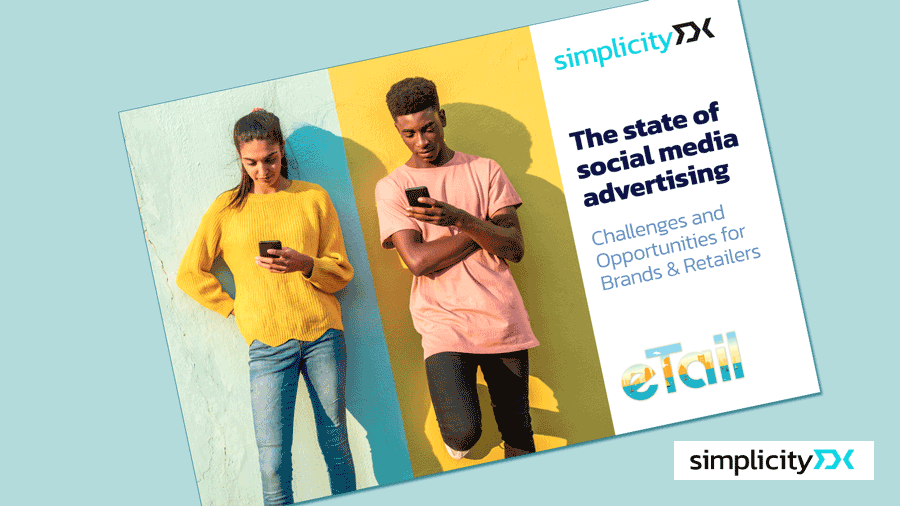In a significant revelation for the B2B marketing community, SimplicityDX, a leading edge commerce company, has unveiled a new research report titled “The State of Social Media Advertising.” This report brings to light the crucial issue of Dark Social and its influence on Customer Acquisition Costs (CAC).
The study presents a startling reality: a staggering 97% of brands are unable to accurately measure revenues generated from social media advertising. This difficulty largely stems from the complexities surrounding Dark Social. Dark Social refers to the traffic originating from social media platforms, which web analytics tools often misclassify as ‘direct’ traffic. This misattribution occurs due to the absence of campaign tracking codes.
SimplicityDX’s research, carried out in collaboration with eTail East, involved a survey of 110 brands, retailers, and digital agencies. The findings indicate a pervasive struggle among merchants to measure the impact of social media advertising accurately. Only 3% of those surveyed could precisely gauge their social ad revenues. On average, brands estimate they can measure merely 44% of their total social revenues.
Understanding the Nature of Dark Social
Charles Nicholls, an industry veteran and analyst at SimplicityDX Academy, sheds light on the complexity of tracking shopper journeys. “Tracking shoppers from the ad through to the actual purchase has become near impossible,” he explains. Factors contributing to this challenge include Apple’s Do Not Track feature, data privacy regulations, the prevalence of in-app browsers, and the patterns of social sharing. Nicholls points out that most consumers prefer discovering products on social platforms but complete purchases on brand websites. This consumer behavior results in a significant portion of traffic being dark and untrackable.
The Rising Cost of Customer Acquisition
Prior research by SimplicityDX highlighted an alarming 222% increase in Customer Acquisition Costs over the past eight years. This surge in costs is leading to a financial drain for brands, with an average loss of $29 per order. This trend has also contributed to several failures among consumer brands.
The survey indicates that a vast majority of brands (91%) use social media for advertising, primarily to acquire new customers. Surprisingly, two-thirds of these brands spend over a quarter of a million dollars annually on social advertising despite their inability to measure its effects accurately.
Inefficiencies in Ecommerce Sites for Handling Dark Social Traffic
The research further reveals that 71% of brands direct their social media traffic to standard Home, Category, or Product Detail pages, with Product Detail Pages being the most frequented. However, more than half of these brands (52%) experience bounce rates exceeding 50%. Previous research by SimplicityDX, titled “The Cost of Bounce,” found that bounce rates for social traffic landing on product detail pages typically range between 70-90%, with conversion rates around 0.5%.
Nicholls comments on the inefficiency of current practices: “Sending paid traffic from social media to standard ecommerce pages is incredibly inefficient.” He emphasizes the need for a different approach to handle Dark Social traffic, one that acknowledges the varied intents behind this traffic.
Improving the Social to Brand Site Journey: A Key Priority for Brands
A significant 71% of brands expressed a desire to achieve consistency in the transition from paid social media to their brand sites, and to facilitate easier access to promoted content for visitors. This aspiration underscores the existing disconnect between social platforms and brand websites, highlighting an area ripe for improvement in the B2B marketing sector.
Complimentary research documents are available at:
- Report: https://simpldx.com/SocMediaAd
- Video explainer: https://simpldx.com/SocMediaAdVideo


 Whether you want to learn how to use LinkedIn, X or Facebook for marketing, or need to brush up on business skills like leadership, presentation skills or managing meetings, you will find something to enhance your professional skills with these on-demand courses.
Whether you want to learn how to use LinkedIn, X or Facebook for marketing, or need to brush up on business skills like leadership, presentation skills or managing meetings, you will find something to enhance your professional skills with these on-demand courses.